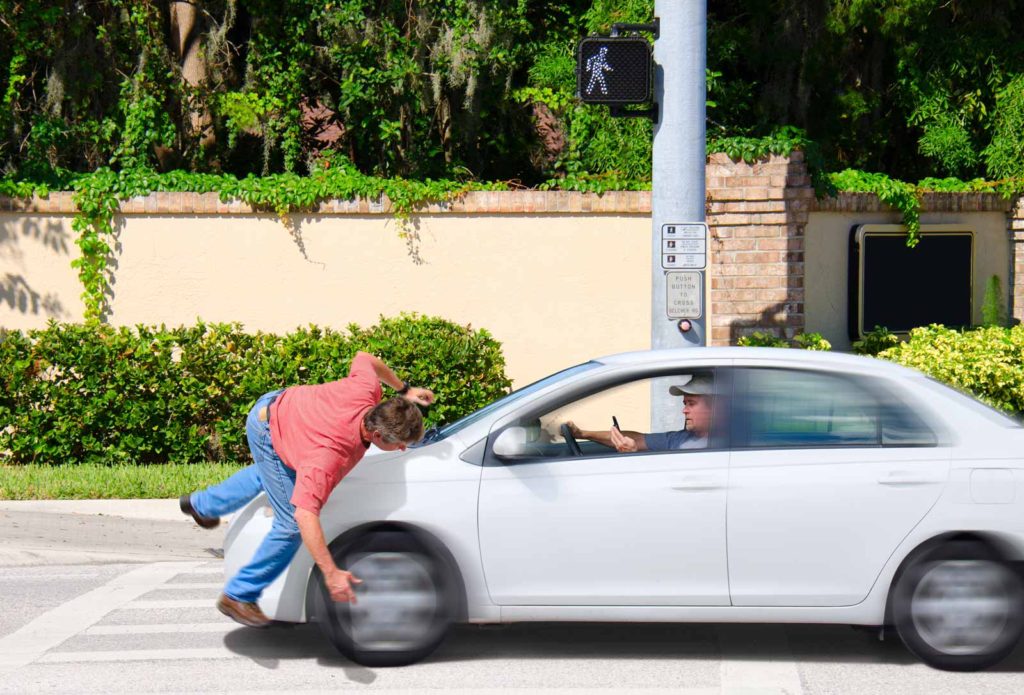
For many commercial fleets, driver and public safety is a top priority, and organizations take great care to prevent costly and potentially deadly accidents. While a number of factors can lead to a crash (e.g., impaired driving, poor road conditions and adverse weather), distracted driving is a common, preventable cause of accidents. Data from the National Highway Traffic Safety Administration (NHTSA) indicates that every year, up to 391,000 people are injured and 3,450 people are killed in crashes involving distracted drivers.
The NHTSA defines distracted driving as any activity that diverts attention from driving.
Distracted driving is an ongoing safety concern for commercial fleets. However, the widespread increase in cellphone use over the past decade has brought the issue to the forefront.
Studies have shown that many collisions and near-collisions involve some form of driver inattention, often just three seconds prior to the event. These statistics are particularly noteworthy for fleets, as many commercial vehicles have poorer driver visibility than personal cars and are much more difficult to control or stop in the event of an emergency. For commercial fleets, distracted driving can lead to increased insurance premiums, costly repairs, decreased productivity, reputational damage, and driver injury or death.
TYPES OF DISTRACTED DRIVING
Any time a driver reaches for an object or gets distracted by outside stimuli, the chances of an accident drastically increase. In fact, studies show that simply by dialing a cellphone, the likelihood of a crash is six times greater.
To remain safe on the roads, drivers need to be aware of common distractions that can put them and the public in danger:
- Using electronic devices such as a GPS, MP3 player, radio, cellphone or laptop
- Reading maps, books, texts or printed directions
- Combing hair, putting on makeup, shaving, brushing teeth or performing similar grooming activities
- Eating, drinking or smoking
- Talking with passengers or tending to children or pets
- Focusing attention on visual distractions outside the vehicle, such as collisions, police activity, street signs, pedestrians, construction or billboards
- Multitasking
- Daydreaming
TIPS FOR EMPLOYERS
RESPONDING TO DISTRACTED DRIVING
In order to maintain safe driving practices, organizations must take a top-down approach to combating distracted driving. Only through effective policies and training can commercial fleets identify and respond to potentially harmful driving behaviors. Organizations and fleet managers can also help reduce the risk of distracted driving by doing the following:
- Create a driver safety program and a distracted driving policy. Regularly communicate your policies using things like emails, blogs and posters.
- Use applications to detect when your drivers are on the road. Many of these applications prevent individuals from contacting a driver while their vehicle is in motion.
- Instruct drivers to pull off the road and park if they need to use their phone or an electronic device.
- Equip vehicles with lockboxes that drivers can use to store potential distractions, like smartphones and tablets.
- Educate your drivers on the risks of driving while distracted. Use real-life examples and stories to explain how dangerous distracted driving can be.
- Update your organization’s handbook, noting any disciplinary actions you will take if you identify unsafe driving behavior.
- Ask your employees to sign a pledge form indicating their willingness to drive in a safe and courteous manner.
- Work with drivers to plan trips. This ensures that drivers have a clear understanding of their routes, which can reduce the need for GPS and other potentially distracting navigation devices.
- Manage driver schedules to ensure employees are well-rested between trips.
- Use telematics, driver monitoring programs and in-cabin camera systems to evaluate individual drivers. Whenever possible, reward positive driver behavior to encourage a culture of safety.
- Perform a safety audit, which will give you a high-level overview of distracted driving risks and other concerns.
CREATING A DISTRACTED DRIVING POLICY
While the specifics of policies may differ from fleet to fleet, a good distracted driving policy should include the following:
- A policy statement that clarifies your organization’s stance on distracted driving. This statement should specify the purpose and goals of the policy.
- A definition of distracted driving. This definition should highlight the dangers of distracted driving and the ways it affects your organization.
- A summary of whom the policy applies to. In general, your policy should account for all company employees, even if driving a vehicle isn’t a regular part of their daily duties.
- A list of what constitutes as distracted driving and actions that are strictly prohibited to ensure driver safety.
- A list of suggested practices to reduce the risk of distracted driving.
- A list of potential consequences if the terms of the policy are breached.
- A space for the employee’s and fleet manager’s signatures.
INSURANCE TO PROTECT YOUR BOTTOM LINE
Managing distracted driving will only become more difficult as technology advances and individuals become more reliant on personal devices like cellphones and tablets. Regardless, commercial fleets have a duty to ensure a safe workplace and combat all forms of distracted driving.
Commercial fleet accidents caused by distracted drivers can damage reputations and claim lives. To protect your drivers and your organization, it’s important for fleets to work alongside a qualified insurance broker. Not only can they provide advice on your company’s risk management needs, but they can also recommend specific insurance policies to keep you protected on and off the road. To learn more, contact The Unland Companies today.


